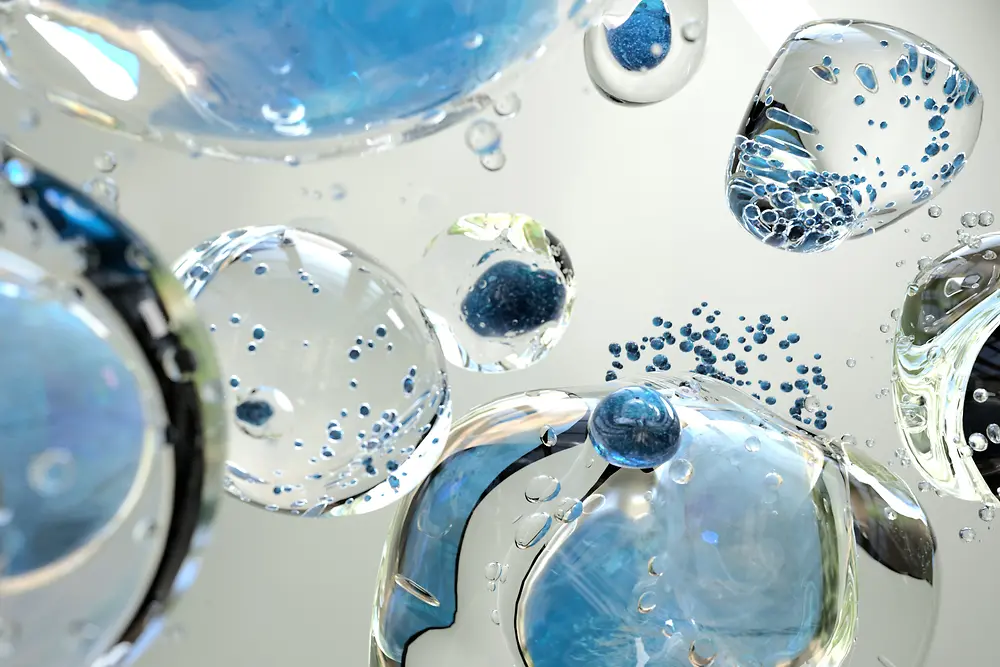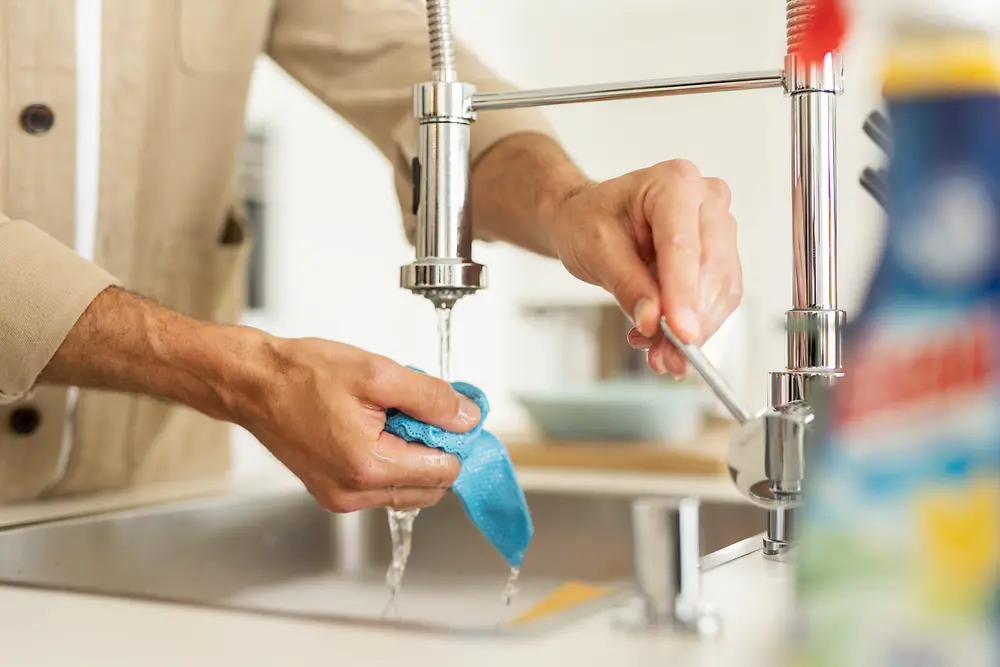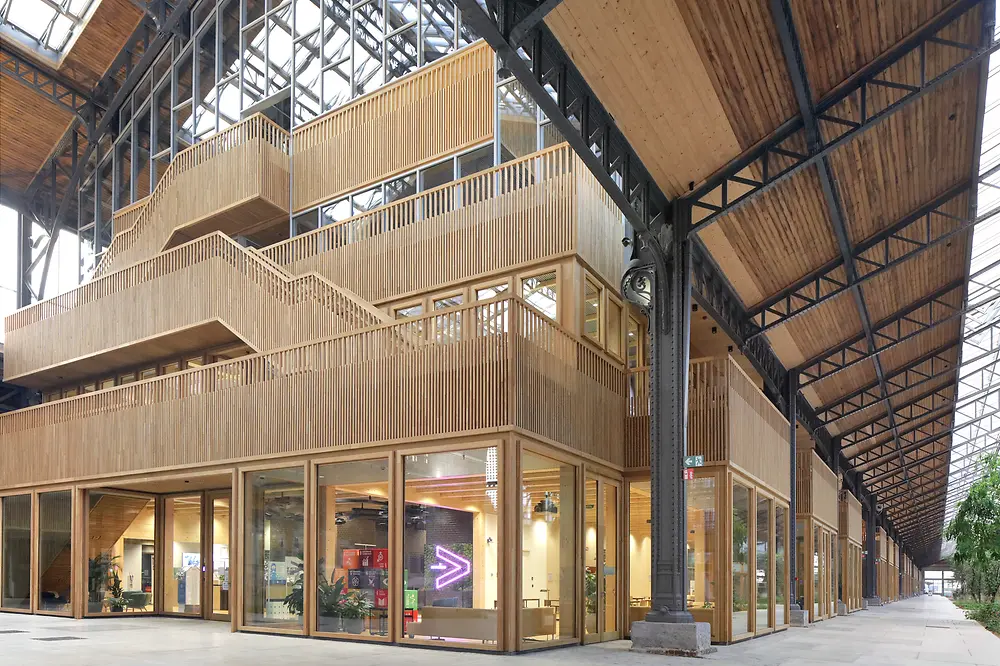Using water responsibly: This includes not only saving water, but also reusing it. For example, for cooling or cleaning production lines. That's why we have set ourselves the goal of implementing closed-loop water management at all relevant production sites by 2030. We are already making great progress today. Especially in regions where water is particularly rare. At the Tesistan site in Mexico, for example, consumption per ton of product has been reduced by more than 20 percent – by using wastewater from the water treatment plant as washing water for tanks and for sanitary facilities. In Ibadan, Nigeria, water consumption per ton of product has been reduced by more than 13 percent by reusing cooling water in the process (along with other initiatives). Another example can be found in adhesives production in Warren, USA, where 25 percent of production water is reused. This is paying off. The site uses 6,700 cubic meters less water per year from municipal sources. However, we don't just save water, we also determine how much. For example, our Consumer Brands business unit uses online measuring systems as well as a “digital backbone”. This not only allows us to determine consumption in real time, but also helps us to identify where potentials for optimization are.
2. Collecting and using rainwater
We obtain a large part of our water from local supply networks. In addition, we use water from very different sources, such as rainwater or groundwater, taking local conditions into account. We see considerable opportunities in the use of rainwater in particular. For example, we have launched a pilot project at our Turkish site in Ankara. The expansion of systems for collecting rainwater is being carried out as part of the renovation of roofs at the site. Pipes for the collection and filter systems are being added to the existing drainage systems on the roofs. Since August 2021, this has allowed 241 cubic meters of rainwater to be collected from the 185-square-meter utility roofs. The roof area of the production facilities, which covers around 8,000 square meters, offers even greater potential. After the conversion, up to 8,000 cubic meters of rainwater can be collected annually and used at the site.
3. Reducing water consumption with sustainable products
The requirements of customers and consumers are changing. There is increasing demand for products and solutions that protect the environment and also save water. With innovative products, we want to help consumers not only to reduce their consumption of water, but also their usage of energy for heating water. Our Persil Power Bars, which come in the form of a bar weighing around 30 grams, are coated with a biodegradable shell that dissolves in water. In addition, the production of the bars causes fewer emissions than is the case with liquid detergents. And they remove even the most stubborn stains at washing temperatures as low as 20 degrees.
Our Nature Box brand of solid shower and hair care products also contribute to more sustainability. Thanks to their concentrated formula, they are as economical as two liquid products (250 milliliters) and have less weight and volume. In addition, we are developing products that do not require the use of water. These include our leave-in conditioner and dry shampoos.
Economical, sustainable use of water is also relevant for Adhesive Technologies' industrial customers. With modern technologies, the business sector can make a significant contribution to this – for example, in the aviation industry through its Loctite aero infusion resins. The traditional method of curing composite materials such as aircraft fuselages or wings uses thousands of liters of water every day. Adhesive Technologies' infusion technology replaces this process step, saving large amounts of water – while maintaining the same curing quality.
4. Tips for the responsible use of water in everyday life
Consumers can make a positive contribution to protecting the environment through their behavior. Henkel provides suggestions for this: on websites, through information on products, and through logos. In this context, our initiative "Be smarter. Save water" launched in 2016. With this initiative, we want to encourage consumers to be more conscious and economical in their use of water. For example, when taking a shower. If consumers of our products were to reduce the time they spend showering by an average of 15 percent and thus use less hot water, more than 135,000 metric tons of CO2 emissions could be saved each year. As many as 6.1 million metric tons of CO2 emissions could be avoided each year if all wash loads with our heavy-duty detergents did not involve heating the water. Today, "Be smarter. Save water" now covers 30 brands and more than 100 countries.












